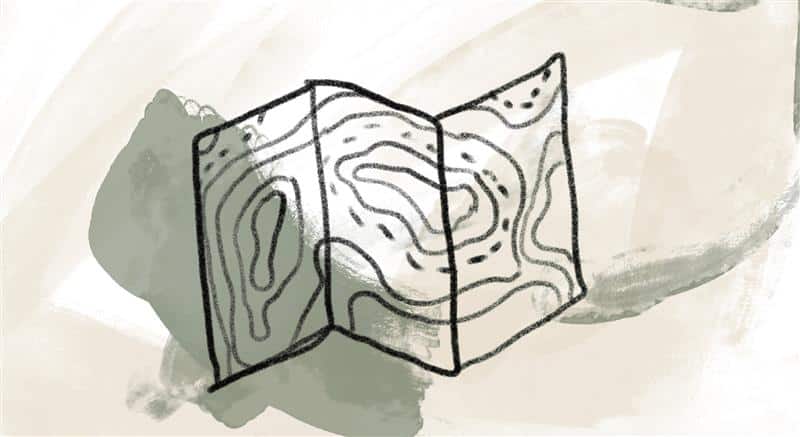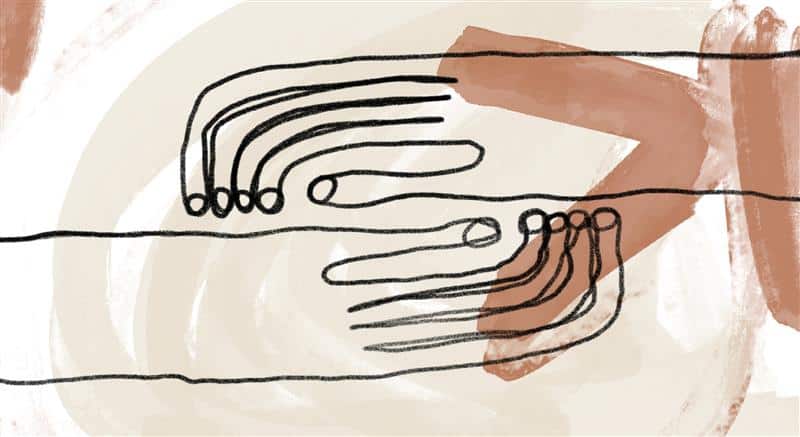For ecumenical leader and author Wes Granberg-Michaelson, pilgrimage invites passionate spirituality:
Pilgrims move in two directions at the same time—an outward direction toward a holy destination and an inward journey seeking an encounter with the sacred. Two of the best academic scholars of pilgrimages, Victor and Edith Turner, explain it in this one sentence: “Pilgrimage may be thought of as extroverted mysticism, just as mysticism is introverted pilgrimage.” [1] Pilgrimages, they suggest, were, and are, no walk in the park, or plain, or mountain. Embarking on such a journey, we become untethered not just from our physical normalcy. These uncertain, trusting steps also move us out of our spiritual familiarity. The pilgrim is invited not only to walk out of boxes of dogmatic beliefs, but also to walk away from practices of comfortable spirituality.
Consider historically the life of peasants or serfs in medieval Europe who were tied to specific places—a manor, and a particular piece of land. Religious life was likewise confined to a local parish, with its repeated, routine practices. As pilgrimage opportunities began to be possible for a wide range of people, their journeys liberated them toward places unknown, with spiritual intensity. Pilgrimage sites were places where miracles had occurred. The bones of saints were living; the apparition of Mary created a rarified space. Healings occurred, continuing the miraculous nature of these sites.
As journeys to Jerusalem became insurmountable or impossible, numerous pilgrimage sites sprang forth throughout Europe. Yet those embarking on pilgrimages faced clear and present dangers. They were walking into liminal space, with a familiar past of place and spirit left behind and a future promise of spiritual power, wedded to tangible, material things, in the distance.
In their own context, this was a reckless spirituality, a form of extroverted mysticism…. For most, this was a once-in-a-lifetime embodied quest of spiritual abandonment. In the words of the Turners, “pilgrimage was the great liminal experience of the religious life.” [2]
For today’s pilgrim it can be the same. A pilgrimage is a rejection of modernity’s expectations and assumptions about time, place, perception, satisfaction, speed, predictability, and the material world. As in ancient times, motives for contemporary pilgrimages are mixed. Lines between pilgrimage and tourism become blurred for some while breaks in employment prompt others to a pilgrimage more than a thirst for embodied forms of holiness. Yet pathways that move simultaneously in inward and outward directions prove irresistible to throngs roaming pilgrimage paths today.
The embodied movement of pilgrimage is an opportunity to step outside our habitual rhythms with God:
The Spirit yearns to break out and to break open our old practices, our protective shells of comfortable spirituality, connecting our inner selves more deeply to God’s love and to God’s world. Your soul no longer stays still. It’s moving with God in the world, and moving toward God, revealed in signs or shrines or saints or surroundings. The pilgrim’s walking body holds incarnate this inner journey of the soul.
References:
[1] Victor Turner and Edith Turner, Image and Pilgrimage in Christian Culture: Anthropological Perspectives (New York: Columbia University Press, 1978), 33.
[2] Turner and Turner, Image and Pilgrimage, 7.
Wesley Granberg-Michaelson, Without Oars: Casting Off into a Life of Pilgrimage (Minneapolis, MN: Broadleaf Books, 2020), 91–93, 94.
Image credit: A path from one week to the next—Benjamin Yazza, Untitled 2, used with permission. Les Argonauts, Camino de Santiago, Unsplash. Jenna Keiper, Winter Bird. Used with permission. Click here to enlarge image.
On pilgrimage, people are changed through the simple act of walking.
Story from Our Community:
I have been volunteering in prison for many years. I first heard of Richard Rohr and contemplative prayer from my prison book club participants. Since then, I have been blessed again and again by Fr. Rohr’s words and the Daily Meditations. I often think what a gift it was that a resource that has impacted my spiritual life in such a dramatic way was offered to me by one of society’s most marginalized people. For me, it is yet another blessing from God. I am so thankful for everyone at CAC and the amazing work you do. —Libby F.


